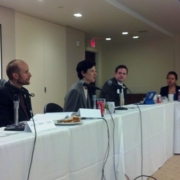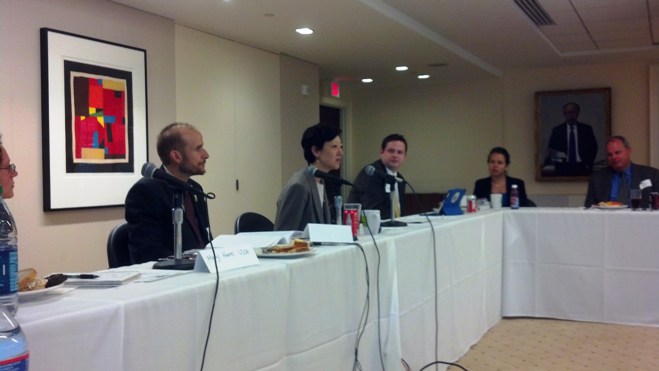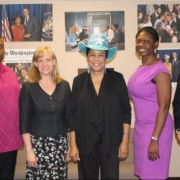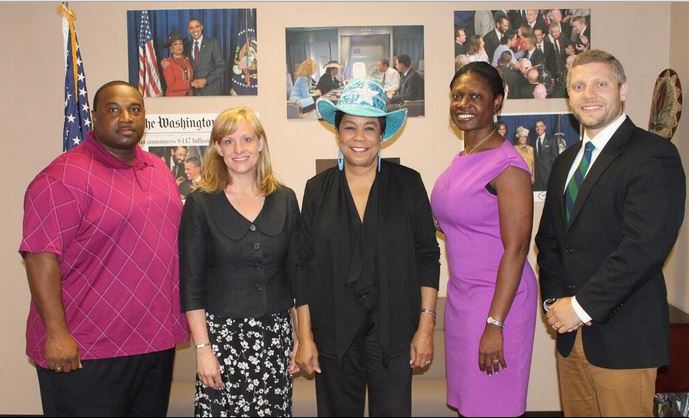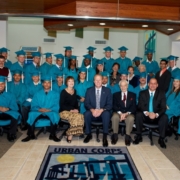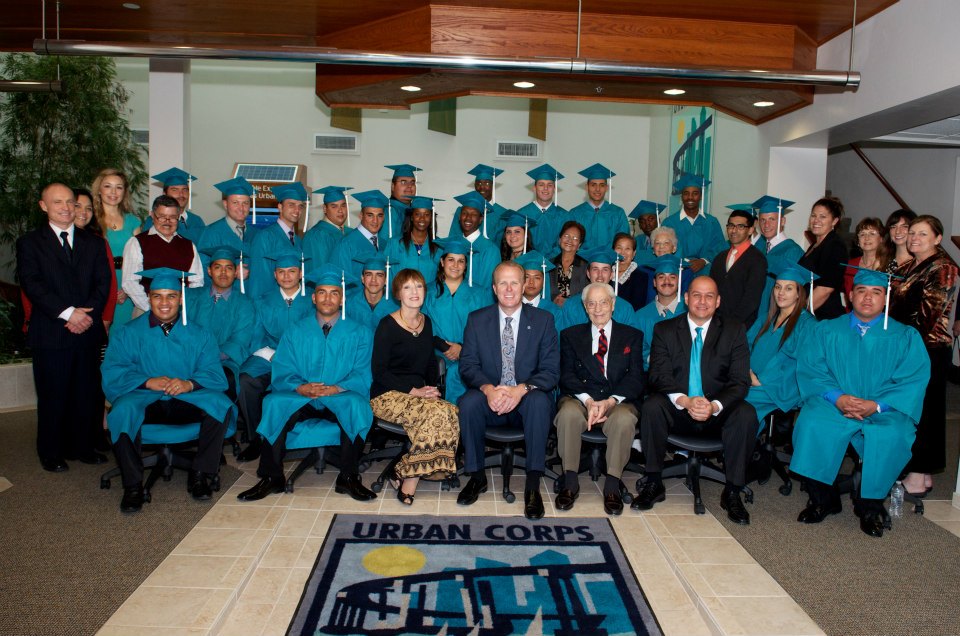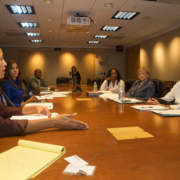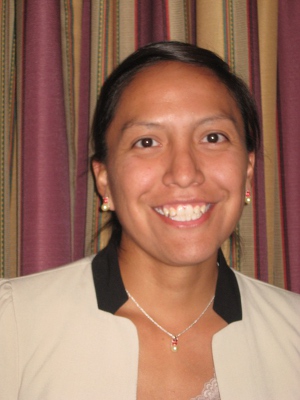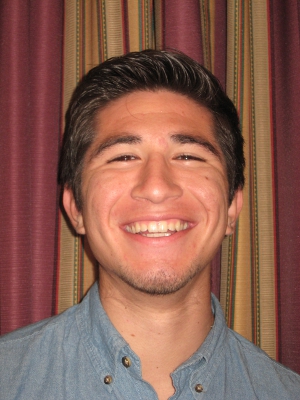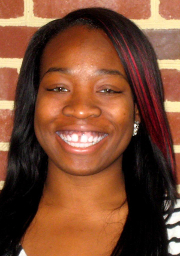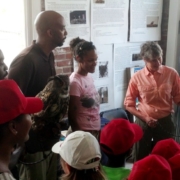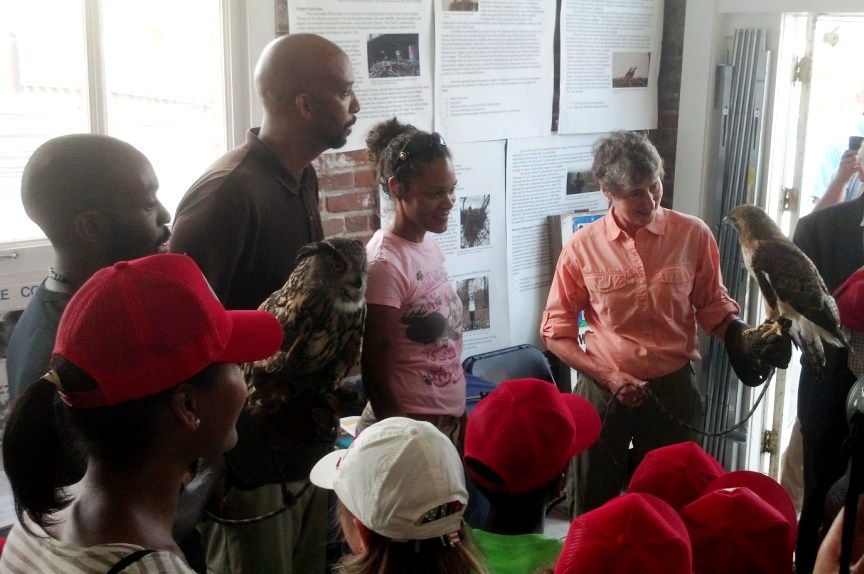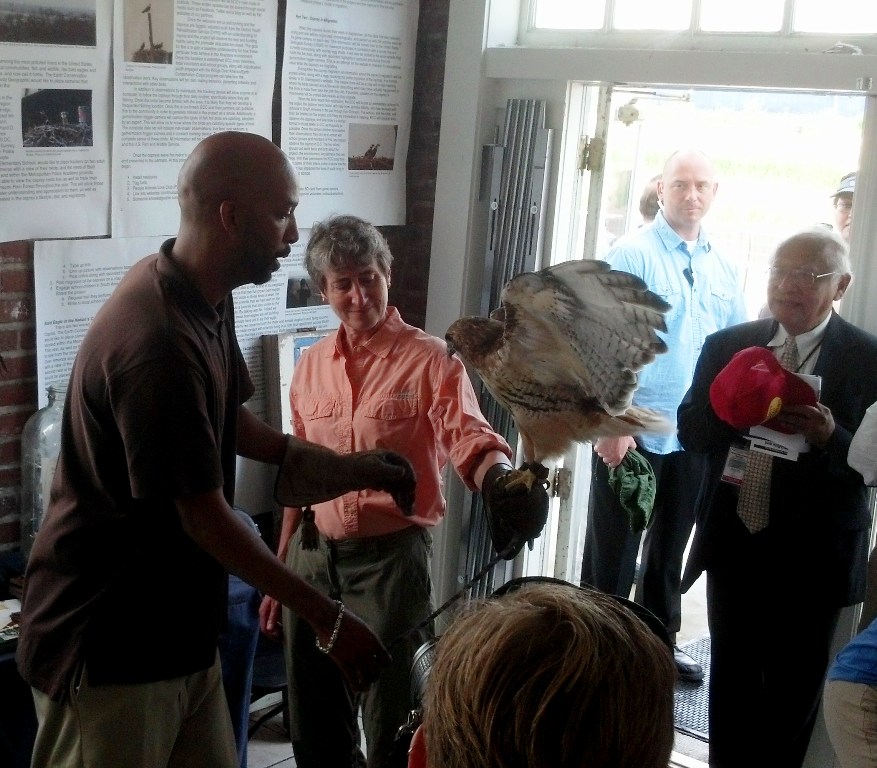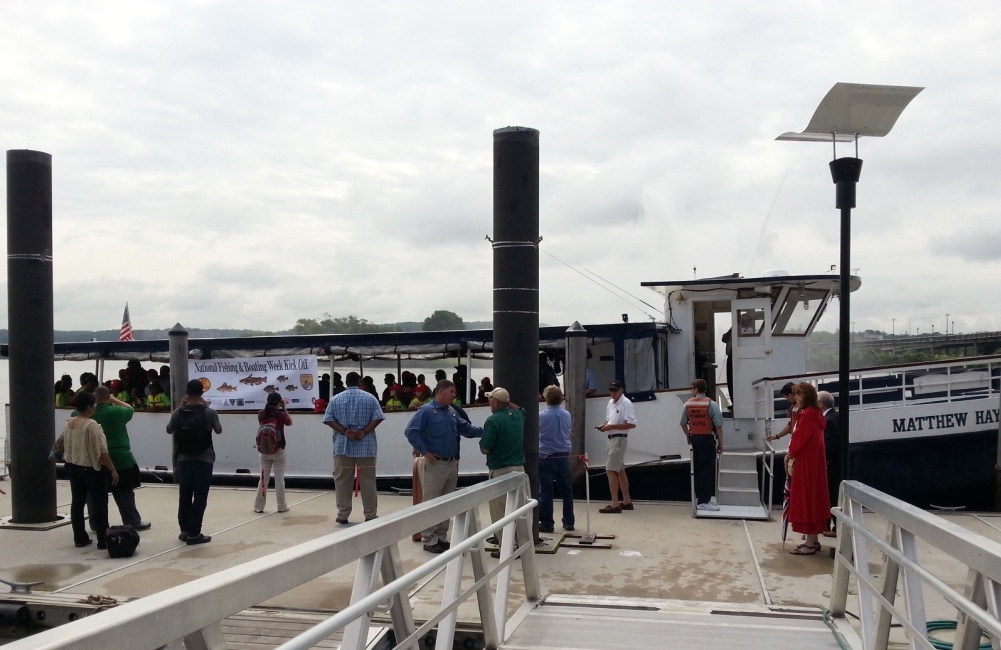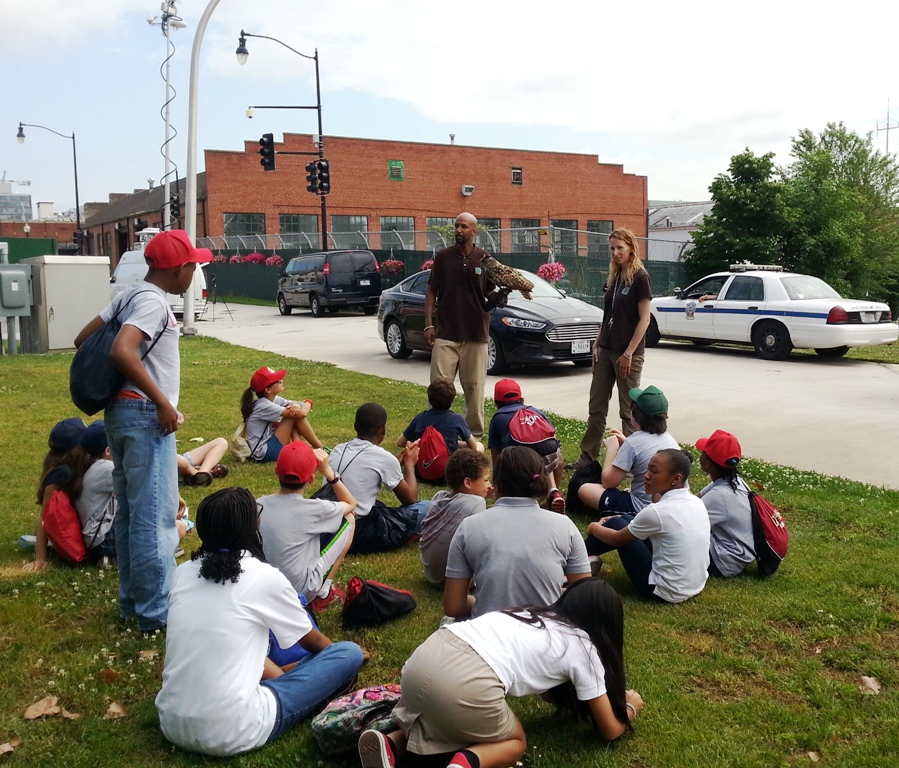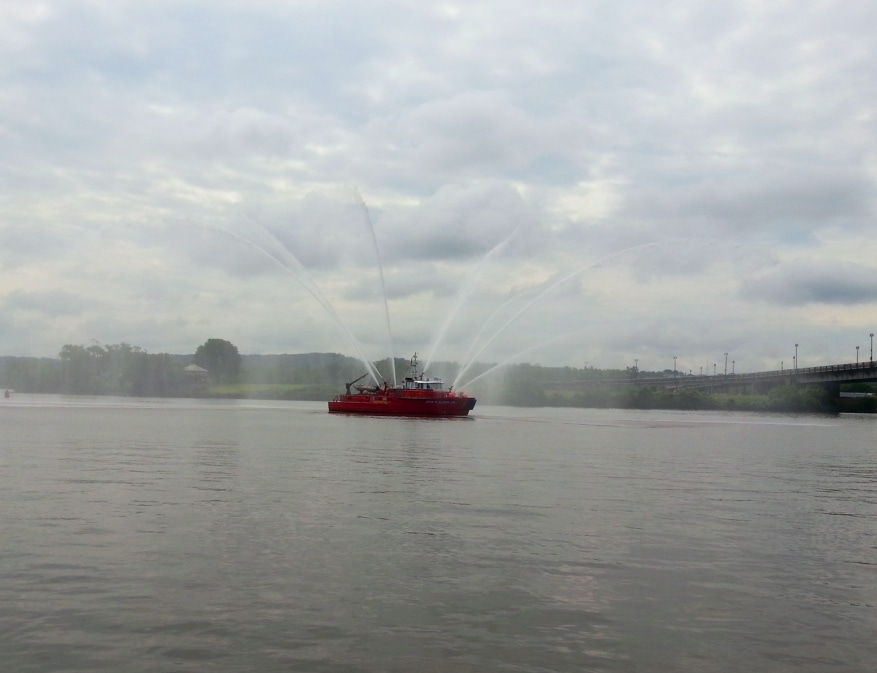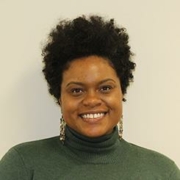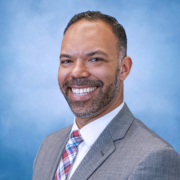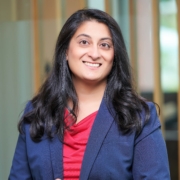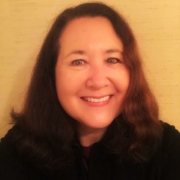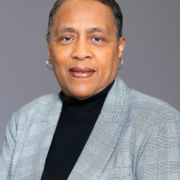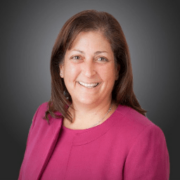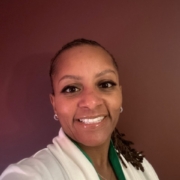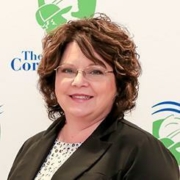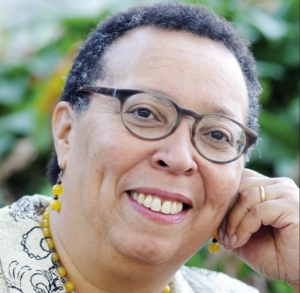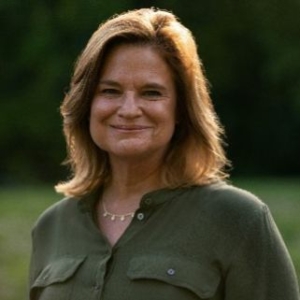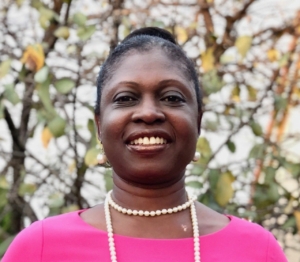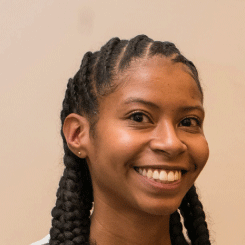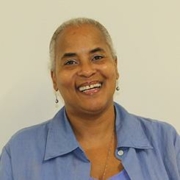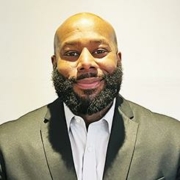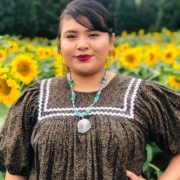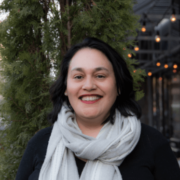
National Council of Young Leaders banner, painted by council member Francisco Garcia
Created in July 2012 in response to a recommendation from the White House Council on Community Solutions, the National Council of Young Leaders is tasked with informing policymakers, business leaders and funders about the issues faced by America’s young people. The 14 founding council members, ranging in age from 18 to 34, come from diverse upbringings in urban and rural low-income communities across the nation. They represent our country’s Opportunity Youth: the 6.7 million young Americans who are neither in school nor working, but who pose enormous potential for our economy and our future if they are provided the opportunity to get on track and get ahead. Though each council member has overcome different kinds of obstacles, they all share in common their participation in transformative youth programs that helped them become the successful young adults they are today.
In the fall of 2012, the Council released its first publication – Recommendations to Increase Opportunity and Decrease Poverty in America. The report outlines specific actions that could help Opportunity Youth and their communities. One of highlights of the publication is the Council’s Six Recommendations for Immediate Public Action: 1) Expand effective comprehensive programs; 2) Expand National Service; 3)Expand Private Internships; 4) Increase All Forms of Mentoring; 5) Protect and Expand Pathways to Higher Education; and 6) Reform the Criminal Justice System.
We wanted to hear the Council Members describe in their own words why these specific Recommendations are important to them and important to the success of America’s young people. Below, find out why council member Philan Tree is passionate about Recommendation #3…
Expand Private Internships:
Support internships that offer paid employment experience with private corporations that provide appropriate supports to the interns and potential for long-term hiring. Establish a corporate tax credit of up to $4,000 for each six-month paid internship offered to low-income young adults that results in employment. Some of us have experienced amazing internships in the private sector through Year Up, coupled with college prep and a supportive community. [Recommendations to Increase Opportunity and Decrease Poverty in America, p. 8]
(Parts of Philan‘s bio and her photo are from the YouthBuild website)
Philandrian Tree is a member of the Towering House Clan of the Navajo Nation. Her knowledge of the Navajo language and traditions allows her to help build relationships between tribal leadership and local governments. As an AmeriCorps mentor with  Coconino Rural Environment Corps (CREC) – a member of The Corps Network based out of Flagstaff, AZ – Philan was able to secure two memoranda of understanding between Coconino County and the Navajo’s Leupp and Tonalea Chapters. This accomplishment made it possible for homeowners from all local Navajo chapters to receive much-needed Coconino County weatherization retrofits. The collaboration also allowed CREC to employ Navajo AmeriCorps members to work directly with their chapters to install energy efficiency measures in homes throughout underserved Native American communities.
Coconino Rural Environment Corps (CREC) – a member of The Corps Network based out of Flagstaff, AZ – Philan was able to secure two memoranda of understanding between Coconino County and the Navajo’s Leupp and Tonalea Chapters. This accomplishment made it possible for homeowners from all local Navajo chapters to receive much-needed Coconino County weatherization retrofits. The collaboration also allowed CREC to employ Navajo AmeriCorps members to work directly with their chapters to install energy efficiency measures in homes throughout underserved Native American communities.
In addition to her work with Coconino County, Philan serves as the chair of the Native American Parent Advisory Committee for Flagstaff Unified School District, where she works with families and the District to support and enhance the quality of education for 2,500 Native American K-12 students.
Why is this Recommendation important to youth in general, or to you specifically?
Internships are really good for a lot of youth. It’s not only the job experience; they’re working in a field that they either want to study in or they have studied in. They can realize long-term what their next step in the field might be. Without private internships, a lot of youth would miss an opportunity that they wouldn’t see otherwise.
Why do you think it’s especially important to make sure internship opportunities are available to opportunity youth in particular?
Well generally, if you look at the communities that low-income youth come from, a lot of them don’t have these types of opportunities and a lot of them lack basic resources – even just infrastructure and technology. So for young people to be able to have internships it would be a huge step up in being able to see a different side of the workforce that they wouldn’t normally experience. If you look at the overall population of youth right now, you’re going to really see a trend that we want to offset in the future, as far as youth from low-income communities not being job ready. Internships are a way to give them the working skills that they’ll need to be successful in their future careers.
Can you talk a little bit about your own experience with internships and how you might have benefitted from them?
(Philan interns with a local elected official)
A lot of it has been about the exposure. With the person I’m interning with, it’s not so much a single focus; it’s a really broad focus on everything. Also, there’s a lot of one-on-one guidance that allows for insight and input. With private internships you get a lot of experience as far as how to go about resolving issues, or even just looking at issues more critically. You get different viewpoints. It teaches you to really be open because you have to listen to a lot of suggestions and a lot of recommendations. It’s been very useful.
Internships can really help youth get involved in their communities on a larger level. They can understand how they’re part of the bigger picture. They can see what it would take for them to work at a higher level – maybe not immediately, but definitely in the near future. And then also, they can get their peers involved. They can spread the word about how this is what we need to be doing, this is what needs to get done. That’s especially important for the future generation.
My internship has definitely helped me feel like I’m entering a field that I am interested in, but I’ve also learned that there are other areas that I would like to be more knowledgeable about. There’ve been a lot of personal development opportunities. I want to be involved with the community, so this has given me a really strong foundation to build off of.
What do you think needs to happen to put this Recommendation into practice and make the suggestions a reality?
To get it done, I think there needs to be a strong legislative support that listens to the youth voice that says ‘private internships have positive affects for us and we need to expand current programs that support this such as Public Allies.’ We need partnerships between local governments, NGOs and nonprofits and the business sector as well. There’s a need for better partnering within communities to support youth. 
Something that we’ve done locally [Philan works with a local youth workforce investment board] – you can see what types of businesses are willing to offer opportunities for youth. We went around and talked with local businesses to see if they’d be willing to hire local youth, maybe just for a summer internship. And then we made an inventory of those businesses; who would be willing to and who wouldn’t be willing to. And we didn’t shut out the businesses that said they weren’t willing to. We went back and approached them about it and asked why they wouldn’t be interested. A lot of them said it was because sometimes youth interns are not that experienced; sometimes it’s a training issue, sometimes it was just that employer’s perception of youth. So we sat down and thought, ‘if we’re going to work with those businesses, what if we could create some kind of orientation or training for youth throughout a semester, or something along those lines, so they’re prepared when they get to the internship?’ We can address some of these issues that are creating this cautiousness about hiring youth. A lot of businesses have been open to this idea. So it’s about creating that dialogue at various levels to see what would benefit the youth and the businesses. Internships can benefit the corporations because they will have a viable workforce to choose from in the future. They’ll know where the youth were trained and know they have this background of experience. In our Recommendations we support the establishment of a corporate tax credit of up to $4,000 for each six-month paid internship offered to low-income young adults that results in employment. As youth this is something we take seriously and would like all sectors of our communities benefit from.
Do you think it matters what kind of business or organization a young person interns with? The Recommendations talks about ‘private internships’…
So if you open up to private internships then you’re really opening up to a wide variety of employment opportunities. It’s not just going to be just one corporation that we’re working with, or just one nonprofit. Not all companies offer the same program, so you have to take into consideration that aspect. Also, knowing that a lot of youth are not all going to have the same interest and they’re not all going to have the same background and they’re not all going to want to pursue the same kinds of things. If you open up to more businesses then youth will have a choice about what they’re interested in. And if they find something they’re interested in there will be a higher success rate because they’re going to be a lot more motivated. They’re going to be able to learn a lot a more and they’re going to be more interested in advancing in the field. As long as there’s a strong support established, youth interns will be positively impacted.






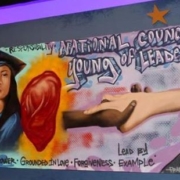

 Coconino Rural Environment Corps (CREC) – a member of The Corps Network based out of Flagstaff, AZ – Philan was able to secure two memoranda of understanding between Coconino County and the Navajo’s Leupp and Tonalea Chapters. This accomplishment made it possible for homeowners from all local Navajo chapters to receive much-needed Coconino County weatherization retrofits. The collaboration also allowed CREC to employ Navajo AmeriCorps members to work directly with their chapters to install energy efficiency measures in homes throughout underserved Native American communities.
Coconino Rural Environment Corps (CREC) – a member of The Corps Network based out of Flagstaff, AZ – Philan was able to secure two memoranda of understanding between Coconino County and the Navajo’s Leupp and Tonalea Chapters. This accomplishment made it possible for homeowners from all local Navajo chapters to receive much-needed Coconino County weatherization retrofits. The collaboration also allowed CREC to employ Navajo AmeriCorps members to work directly with their chapters to install energy efficiency measures in homes throughout underserved Native American communities.
